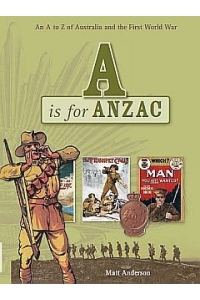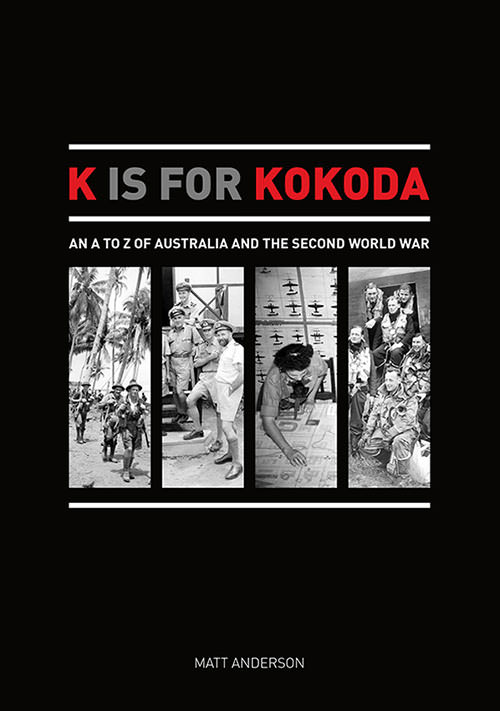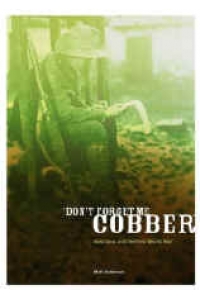It has been fairly quiet at the War Memorial site recently, as interested parties await the National Capital Authority’s consultation report on the Main Works for the Memorial’s $498m megabuild, which can also be seen as an institution which is ‘sacred to us all’ (the Prime Minister’s words) destroying itself. Perhaps there are COVID-related delays.
Memorial Director Matt Anderson has been quiet, too, after his appearance at the NCA’s August information sessions on the redevelopment. A Google Search for the most recent month throws up only the Director’s comments on the 11 September anniversary and the Memorial’s Napier Waller art competition, plus a mention of the groups being put together to advise on the content that might fill the new spaces at the Memorial.
 It’s apposite, during this relatively tranquil period, free of the spin and misleading advocacy that has characterised the Memorial’s approach to the big project, that we remind readers of the Director’s published works, three war books for children, which we reviewed early last year. The titles are: A is for ANZAC: An A to Z of Australia and the First World War (30 pages, revised edition, 2010); Don’t Forget Me Cobber: Australia and the First World War (40 pages, revised edition, 2006); K is for Kokoda: An A to Z of Australia and the Second World War (104 pages, 2010). Each book is published by the Anzac Day Commemoration Committee of Queensland (ADCC).
It’s apposite, during this relatively tranquil period, free of the spin and misleading advocacy that has characterised the Memorial’s approach to the big project, that we remind readers of the Director’s published works, three war books for children, which we reviewed early last year. The titles are: A is for ANZAC: An A to Z of Australia and the First World War (30 pages, revised edition, 2010); Don’t Forget Me Cobber: Australia and the First World War (40 pages, revised edition, 2006); K is for Kokoda: An A to Z of Australia and the Second World War (104 pages, 2010). Each book is published by the Anzac Day Commemoration Committee of Queensland (ADCC).
The books have their good points [according to our review]. The language is simple, befitting the audience (primary and early secondary students for the first two, unstated but secondary students for the third). There are some ideas for school (does your school celebrate Anzac Day? ask your teacher to mark Remembrance Day on the calendar; would you swap lunches with an Anzac’s bully beef?) or families (ask your parents to take you to a Dawn Service; make Anzac biscuits). There are lots of illustrations, some familiar, others not so much, particularly in the Second World War book. There is straightforward rendering of the horrors of the front line in both wars and something of war’s lasting effects.
 But the books repeat some myths and leave lots of things out. The review has a list. ‘All history is selective’, the review says, ‘but these omissions make the books misleading and deceptive’.
But the books repeat some myths and leave lots of things out. The review has a list. ‘All history is selective’, the review says, ‘but these omissions make the books misleading and deceptive’.
These are books [the review goes on] mostly about what Australians have done in war, less about what war has done to Australia and Australians, and almost nothing about what war does to other people, non-Australians …
Nor is Mr Anderson strong on the really important question: are wars worth it? ‘Q is for Questions’ in the first book, but the questions are of the order of ‘when is ANZAC Day?’, ‘where is Gallipoli’, and ‘who was the man with the donkey?’, rather than anything mildly controversial, like ‘do you think a legless man returning from the war would think it was all worth it?’ There is a page, ‘Coming Home’, in the second book which could provoke questions of this type, but it explicitly avoids the question of how to measure the cost to Australia of World War I. The World War II book has a summary of how the war began and ended, but, in between, the article is mostly an overview of battles.
 Those ‘why?’ and ‘was it worth it?’ questions would have been very much in the minds of the men and women fighting those wars, even if Mr Anderson avoids them. Perhaps he was writing to a brief to avoid the difficult stuff. (Our review includes some suggestions for less sanitised resources for younger readers.)
Those ‘why?’ and ‘was it worth it?’ questions would have been very much in the minds of the men and women fighting those wars, even if Mr Anderson avoids them. Perhaps he was writing to a brief to avoid the difficult stuff. (Our review includes some suggestions for less sanitised resources for younger readers.)
In any case, read the review or, better still, get hold of the books, which are still readily available. Judge for yourself. While the books were written up to 15 years ago, they may give some clues as to the Memorial’s future under Director Anderson (allowing for the fact that it will be a building site for some years), particularly on what the revived Discovery Zone for children may look like. (Here, for potential comparison, is a 2015 review of the Memorial’s approach to its younger visitors at that time.)
7 October 2021


Leave a Reply
You must be logged in to post a comment.